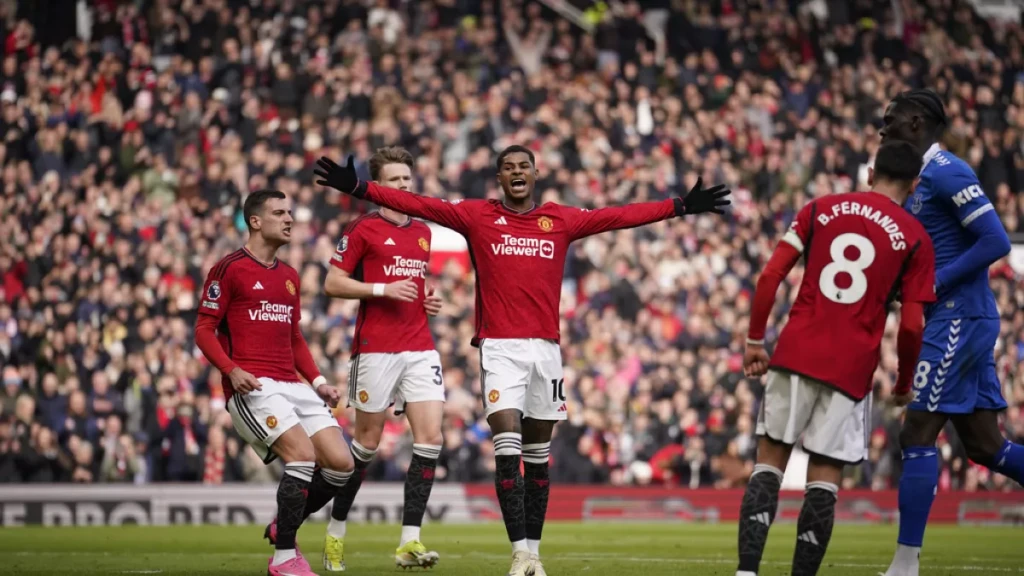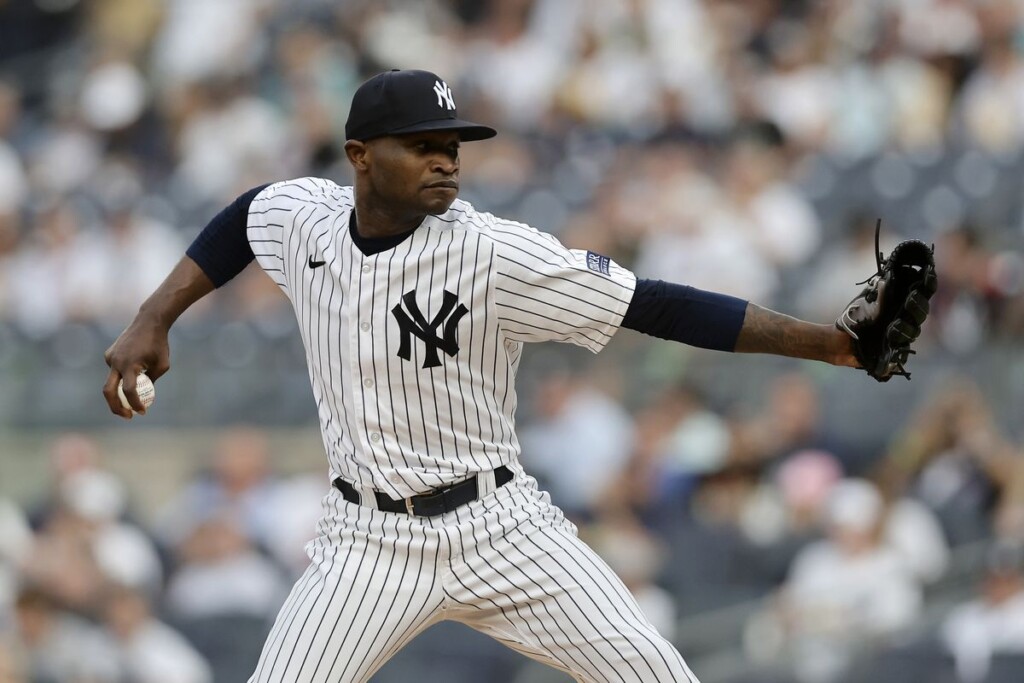From humble beginnings to global juggernauts, sports brands have played a central role in shaping culture, inspiring generations, and uniting communities around the world. As the world of sports continues to evolve, one thing remains clear: the power of branding will continue to define the way we experience and engage with the games we love.
In the world of sports, branding has evolved from mere team colors and logos to become a powerhouse of influence, revenue, and identity. Over the decades, sports branding has undergone a remarkable transformation, shaping not only the perception of teams and athletes but also impacting culture, commerce, and global audiences.
At its inception, branding in sports was primarily functional, serving as a means of distinguishing one team from another. In the late 19th century, sports teams began adopting unique colors and symbols to represent their identity on the field or court. These early forms of branding helped fans identify with their favorite teams and fostered a sense of belonging within communities.
As sports grew in popularity throughout the 20th century, branding became more sophisticated, driven by the rise of mass media and commercialization. Major leagues and teams recognized the value of building strong brand identities to attract fans and sponsors. Logos became more than just symbols; they became powerful icons representing tradition, excellence, and loyalty. The brand identity encompasses various elements such as the name, logo, slogan, design, color, and performance, among others. These components collectively strive to instill reliability, evoke positive emotions, and foster a sense of closeness with the brand (Clow & Baack, 2002).
One of the landmark moments in sports branding came with the advent of televised sports in the mid-20th century. With millions of viewers tuning in to watch games and events, teams and leagues saw an opportunity to expand their reach and influence beyond local markets. This led to the emergence of iconic brands such as the New York Yankees, Manchester United, and the Los Angeles Lakers, whose logos and colors became synonymous with success and prestige.
In the latter half of the 20th century, sports branding entered a new era of globalization and commercialization. As technology advanced and communication barriers dissolved, sports became a truly international phenomenon. Leagues like the NBA and the Premier League capitalized on this trend, leveraging their brands to attract fans and sponsors from around the world. The advent of endorsements and sponsorships further propelled the evolution of sports branding. Athletes became more than just competitors; they became brand ambassadors, endorsing products and services to lucrative effect. Icons like Michael Jordan, Tiger Woods, and Serena Williams transcended their respective sports to become global brands in their own right, their names synonymous with excellence and success. Also, Messi and Ronaldo have transcended their roles as footballers to become global icons and brands. Their impact reaches far beyond the football field, shaping trends in digital marketing and social media, transforming approaches to branding, and reshaping the narrative of sports storytelling (medium.com).

In the 21st century, digital media and social networking have revolutionized the way sports brands engage with fans. Platforms like Twitter, Instagram, and YouTube have provided teams and athletes with direct channels to interact with audiences, share content, and build communities around their brands. This shift towards digital branding has opened up new opportunities for fan engagement, sponsorship deals, and revenue streams.
Today, sports branding is more than just logos and colors; it’s about storytelling, community, and shared experiences. Brands like Nike, Adidas or Under Armour have elevated sports marketing to an art form, crafting compelling narratives that resonate with audiences on a deeply emotional level. In contemporary times, sports organizations recognize the lucrative nature of their industry and allocate substantial resources to sports marketing and branding initiatives (Jankovic & Jaksic-Stojanovic, 2019).
Looking ahead, the future of sports branding is bound to be shaped by technological innovations, shifting consumer preferences, and global trends. As the world becomes increasingly interconnected, sports brands will need to adapt and evolve to stay relevant in an ever-changing landscape.
In conclusion, the history of branding in sports is a testament to the power of identity, symbolism, and storytelling. In the constantly evolving digital landscape, new opportunities and tools emerge for brand management, both within and beyond the realm of sports. This dynamic environment prompts brands to reassess their offerings and target audiences (Manoli, 2022). Simultaneously, as the lines between sports and entertainment blur, there’s a growing need to redefine the concept of sports and its associated brands. This calls for a strategic reevaluation of brand management within and across the realm of sports.


References
Medium.com, 2024. https://medium.com/@seanglatzer/the-messi-ronaldo-era-a-revolution-in-digital-sports-marketing-21fdc205715c
Jankovic, M., Jaksic-Stojanovic, A. (2019). Challenges of sports branding. Sport Mont, 17(1), 75-78. doi: 10.26773/smj.190213
Manoli, A. E. (2022). Strategic brand management in and through sport. Journal of strategic marketing, s. 1–8. doi:10.1080/0965254x.2022.2059774
Clow, K. & Baack, D. (2002). Integrated Advertising, Promotion and marketing Communications. Prentice Hall: New York.


